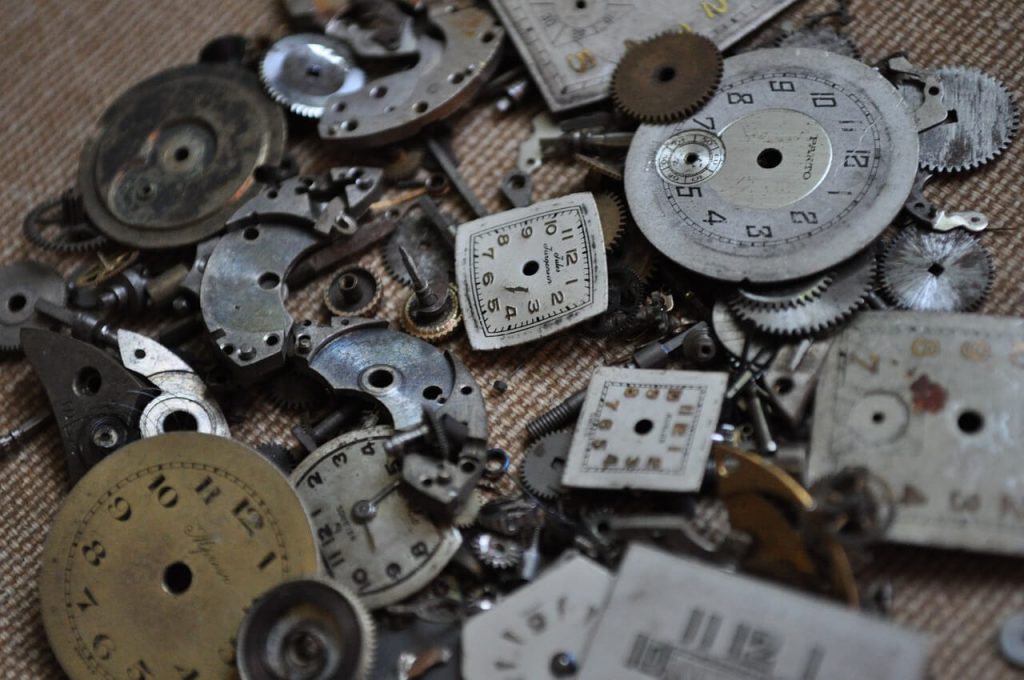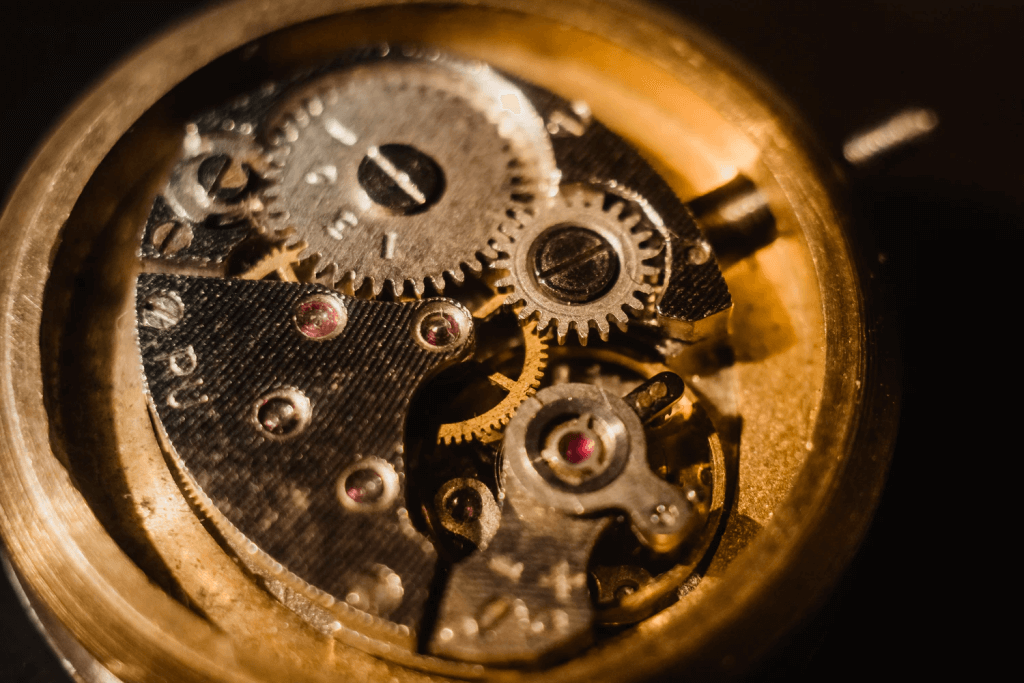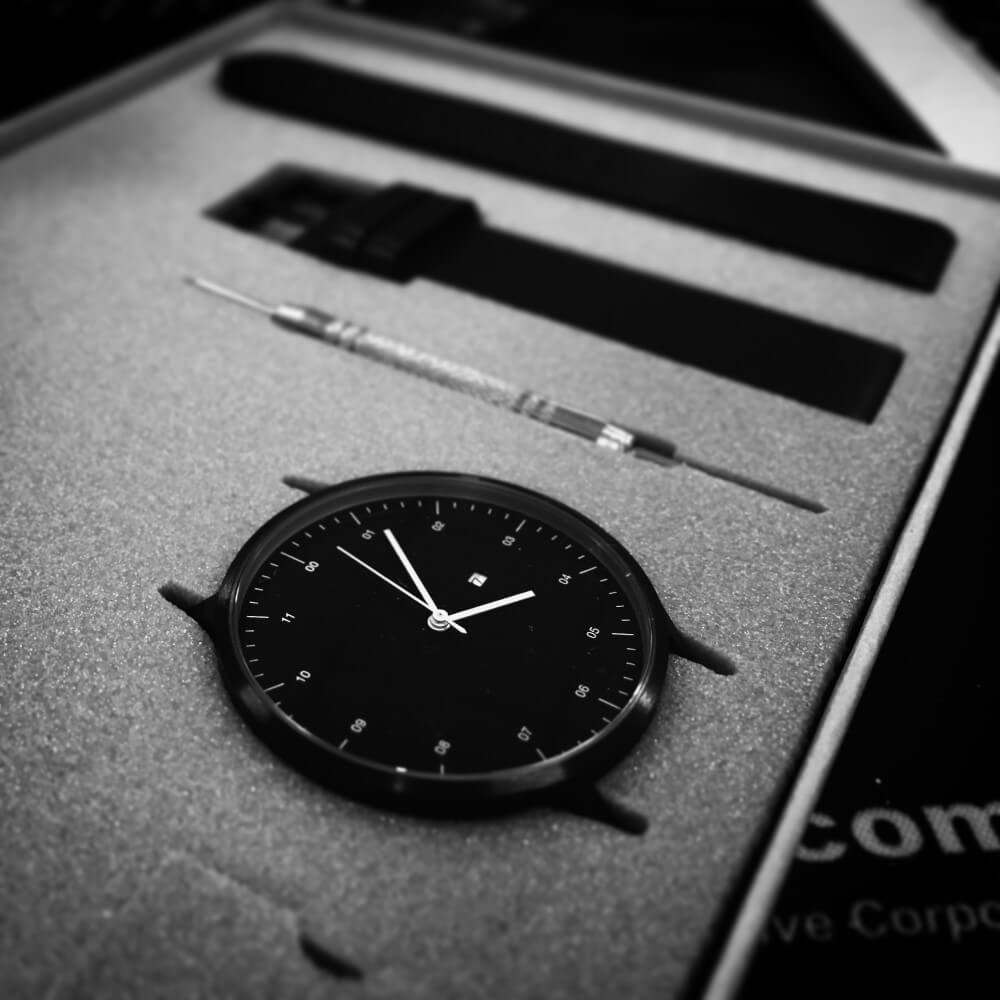
Some consumers focus on the exterior design of a watch when buying. But like everything else, a timepiece needs to be examined from the inside and out. It may be overwhelming to know the intricate parts of a watch but makes you more informed on how it properly works. You will have an idea of why some watches are more expensive than others.
Moreover, when your watch stops working, you know which watches parts for sale you have to buy.

Internal Parts of a Watch
We all know how complicated and small the interior of a watch is, but these watch parts are perfectly crafted. Watches are a horologist’s most significant achievement that comes from the smallest scale.
Balance Spring (Hairspring)
A Balance spring is found inside a mechanical watch. It is also called a hairspring as it is thin and delicate like a hair strand. The balance spring is responsible for time regulation when it recoils and coils, the balance wheel swings back and forth, regulating time accuracy.
Balance Wheel
The balance wheel is the second internal component that regulates the time. It is attached to the hairspring, and when it coils, the balance wheel sways and divides the time into equal segments. The wheel is a vital component in providing an accurate time.
Barrel
Mainsprings are housed inside the barrel, where the power reserve of the watch is contained. Some luxurious watches have double-barrel providing a longer power reserve.
Base Plate / Main Plate
The main plate is the base of everything else. It holds each component to create a synchronized movement.
Bridge
You will notice the bridge fixed to the base plate or main plate. It helps the frame formation of a watch movement that holds other parts.
Caliber
The caliber refers to the hand movement of the watch and manufacturer origin.
Escapement
Any watch needs an escapement. It maintains the swinging motion of the balance wheel. After this, the wheels and hands revolve.
Gasket
A gasket is a small ring installed around the case back, crown, and crystal of the watch to provide an air-tight seal. Usually, these gasket rings are rubber. Watch owners needs to check the gaskets every few years to maintain its water-resistance feature as it may wear out over time.
Geneva Seal
Geneva Seal is not an actual physical part of the watch. It is a stamp on the watch movement. The seal is awarded to manufacturers by an independent bureau of Geneva. A watch that is granted by the bureau means it underwent and passed 12 different tests to prove its quality, materials, and finish. Moreover, the movements of the timepiece need to be manufactured in Geneva.
Incabloc
Incabloc is a trademarked term for a shock-absorbing mechanism. Mechanical watches have an Incabloc to prevent damage to the sensitive parts of the watch when it falls.
Jewel
A synthetic gemstone is found inside a luxurious watch. You might be wondering why, but jewels reduce friction on the gears. It helps to maintain the time accuracy and reducing the wear and tear on the internal components. Thus, gemstone increases the longevity of the watch.
Mainspring
When the mainspring is coiled, it unwinds and provides power to the gear making movement.
Repeater
A repeater is a complication that functions like a gong. It strikes hours or minutes. The wearer can use this complication by activating the button on the side of the watch.
Rotor
Automatic watches have a rotor. It oscillates the mainspring by moving when the wearer moves, the watch automatically wounds.
Shock Absorber
Watches have a shock absorber. It pacifies the shock and vibration of the balance staff. The shock absorber is a crucial component to prevent movements from damaging. This feature is best for sports watches.
Tourbillon
As the balance wheel and escapement mounts in the rotating cage, a tourbillon is made. It is essential to prevent errors with arm rotation. A typical tourbillon rotates once every minute. But, some manufacturers produce tourbillons, which can take four to six rotations. Horologists know how complicated the movement is, making it hard to create.

External Parts of the Watch
From time to time, we always look at our watches. But, did you ever wonder what the names and functions of their parts are?
Bezel
A bezel on a watch is like a lid of a jar. It holds the crystal in its designated place. Most round watches have a bezel, and it is a ring that surrounds the watch face. Some watches have plain designs, some are elegantly decorated, and others have functional bezels. Diving watches have rotating bezel for its additional function.
Case
The case houses the internal components of the watch to protect and hold each component in place. Watches are often cased with gold, platinum, plastic, rhodium, or steel. Usually, the type of case a watch uses dramatically increases its value.
Most watches use stainless steel because of its resiliency. It can manage to receive light shocks, and its color does not fade. Watch cases have their unique style making it more luxurious.
Crown
Did you see a little knob at the side of the watch? That’s what you call the crown. You can command the watch and make adjustments through the crown. For those who use a mechanical watch, they wind the mainspring through the crown.
Some watches have a date window and seconds indicator. Users can adjust these functions by pulling the crown out. Expensive watches have precious stones to highlight the luxury and its fine details.
Crystal
Crystal refers to the transparent screen of the watch where you can view the time. It protects the hands, dials, and other components from debris and dust. Moreover, some modern watches use acrylic, glass, sapphire, or mineral crystals for their screen. Acrylic crystal is cheap plastic, and it needs to be buffed to remove scratches.
Mineral crystal has a scratch-resistant feature, which makes it unique. Meanwhile, the sapphire crystal is mostly used in luxurious watches as it is the most expensive and durable kind. It is more durable than the other types.
Dial
A dial displays the time on the watch. A digital watch expresses the time in a numeric display. Meanwhile, a traditional watch shows time through hour markers and hands.
Hand and Hour Marker
Over the dial, the hand moves to point at the hour marker to express the actual time. The hour marker is broken down into hours and minutes. Most watches have two hands. The more extended hand tells the minutes, while the shorter one indicates the hour. Moreover, some watches have additional hands or complications to provide other functions.
Conclusion
You may think that a watch has several components, but these are only the basics. Each of these components, when assembled, creates an impeccable timepiece. We hope you have known better about the inside and out of the watches. Take care of your timepiece religiously to avoid expensive trips to the repair shop, and prevent the hassle of buying new watches parts.